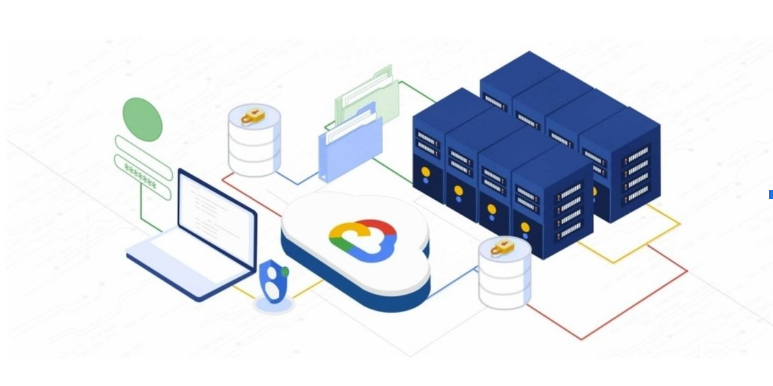Understanding Cloud Accounts: A Complete Guide
Google Cloud Account computing has completely transformed how we gather, store, and manage data in today’s digital world. Whether you are an individual user, or a business owner, a cloud account facilitates effortless data management. So, how does it work? Let’s delve into the details.
What is a Cloud Account?

A cloud account enables access to cloud resources such as storage, computing power, and applications. It is a user profile created on a cloud service platform. Examples of cloud service providers include Google Cloud, Amazon Web Services (AWS), Microsoft Azure, and Dropbox.
Cloud services are so much more efficient because, rather than relying on local storage, cloud accounts offer a multitude of services that facilitate the storage and processing of data over the internet. This allows you to be anywhere in the world and access your data without any restriction.
Benefits of Having a Cloud Account
With a cloud account, you can be sure that files and applications are accessible from any internet-capable device at any location. This enhances productivity and guarantees that all work related activities can be completed no matter where you may be.
Cloud accounts also make life easier for businesses. By utilizing cloud accounts, businesses can adjust and manage their cloud resources without having to waste money on costly equipment.
How To Effectively Manage Cloud Accounts
In terms of security setting passwords, make sure to use powerful Passcodes – password phrases that are easily guessable must not be used.
Use 2 Factor Authentication – this provides an additional layer of protection.
Always Back Up Information – This is an assurance against information loss caused by deletion and cyber attacks.
Examine Activity – Keep a record of the average resource and data consumed to better manage and mitigate expenses.
Restriction of Access – To prevent abuse security purposes allow access to selected users only.
To wrap up
A cloud account is crucial for day to day and business usage because it is easily accessible, it is flexible and it is secure. Whether the need arises for basic storage or complex cloud facilities, with proper account management and selection of cloud services providers, there is an optimal return on investment in cloud features.
Do you have a cloud account? If yes, then how has your experience with the cloud services been? Please let us know in the comments section below.
Opting For The Right Cloud Account
Take into account the following considerations when deciding on a cloud account, the very best will have a personal storage option such as Google Drive, while enterprise level accounts will offer AWS or Azure.
Setting Up a Cloud Account
Creating a cloud account is simple and typically involves the following steps:

- Choose a Cloud Provider – Visit the official website of your chosen cloud service provider.
- Sign Up – Register with your email address and create a secure password.
- Verify Identity – Some platforms may require email or phone verification.
- Select a Plan – Choose a free or paid plan based on your needs.
- Set Up Security Features – Enable two-factor authentication and backup options for added security.
- Start Using the Cloud – Upload files, install applications, and manage data based on your requirements.
Best Practices for Managing Cloud Accounts
- Use Strong Passwords – Avoid using weak or easily guessable passwords.
- Enable Two-Factor Authentication – Adds an extra layer of security.
- Regularly Backup Data – Protects against accidental deletion or cyber threats.
- Monitor Usage – Keep track of storage and resource usage to optimize costs.
- Limit Access – Grant permissions only to authorized users to minimize security risks.
Conclusion
A cloud account is an essential tool for both personal and business users, providing convenience, scalability, and security. Whether you need a simple storage solution or an advanced cloud infrastructure, choosing the right cloud provider and managing your account effectively will ensure you get the best experience from cloud computing.
